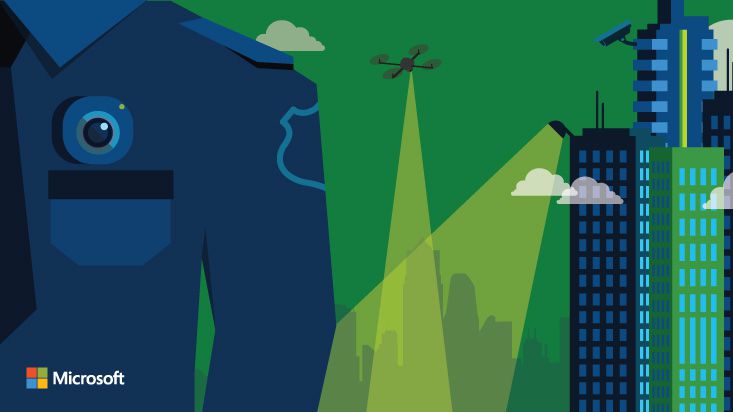Technology brings common operating picture into sharper focus
The work of law enforcement and public safety agencies, by its very nature, is diffuse and hard to predict. When a crime or an emergency occurs in one jurisdiction, the implications and investigation are almost certain to spill into surrounding jurisdictions as well. The reality of organizational and jurisdictional borders means that relevant intelligence is usually siloed, difficult to access, and spread across disparate technology solutions that don’t work together. This very simple reality contributes to one of the biggest challenges in law enforcement agencies around the world: the coordination of information.
Natural disasters are especially infamous for running roughshod over boundaries and—for that matter—preconceived notions. Without a central nerve center to collect, coordinate, and analyze necessary information, even the best agency’s response can be fractured and slow. It is a daunting task to manage so many moving parts: the number of responders on the ground, the size of the disaster zone, the status and location of the victims, the ground logistics for sustaining responders, and communication through traditional and social media.
Natural disasters like wildfires and floods put multiagency coordination to the test, but crime incidents are also prone to chaos. The communication burden often falls on local dispatch, which has limited radio bandwidth, and, often times, officers must return to the station during an incident to conduct follow-up investigations or consult incident reports for possible suspects. To make matters worse, when they get there, the local criminal database often doesn’t integrate with the state criminal database, the jail database, or the computer-aided dispatch (CAD) database, so officers must log in to four or five different systems.
With the adoption of the National Incident Management System (NIMS) directives, public safety and law enforcement departments must now manage emergencies with a structured approach that depends on seamless integration of agencies across jurisdictions. NIMS recommends one principal goal no matter the cause, size, location, or complexity of the incident: a complete operating picture. This means commanders and officers need a clear, 360-degree view of what is happening in real time.
This is why Microsoft is proud to work with so many local, state, and federal law enforcement and public safety agencies to deploy Domain Awareness Systems (DAS) that can help cut through the chaos at criminal incidents and natural disasters. The Microsoft Aware solution has proven to help agencies fight crime and respond to emergencies more effectively than ever. Microsoft Aware provides:
- Real-time communication, automatic alerting, and video integration capabilities to help agencies detect, investigate, and collaborate across jurisdictions.
- The tools officers need to instantly collect and process sensor data (from body-worn cameras and aerial drone cameras, for example) and tactical system data within a specified geography.
- Real-time data analysis that can be used to identify potential threats.
- A fully integrated case management capability with deep analytical tools that officers can access from in-car devices and configure with alerts and workflows specific to the investigation or personnel assigned to the case.
- Enhanced information management, executive dashboards, reports, and search functions to help agencies share information and gain operational insight.
- A secure, cloud-based platform to build automated processes that can manage the flow of information and activities across systems and applications, reducing communication gaps and streamlining what has been, until now, a notoriously paper-laden system.
Equipped with the right technology, public safety and law enforcement officials are better able to protect our communities from even the most unpredictable of events.





